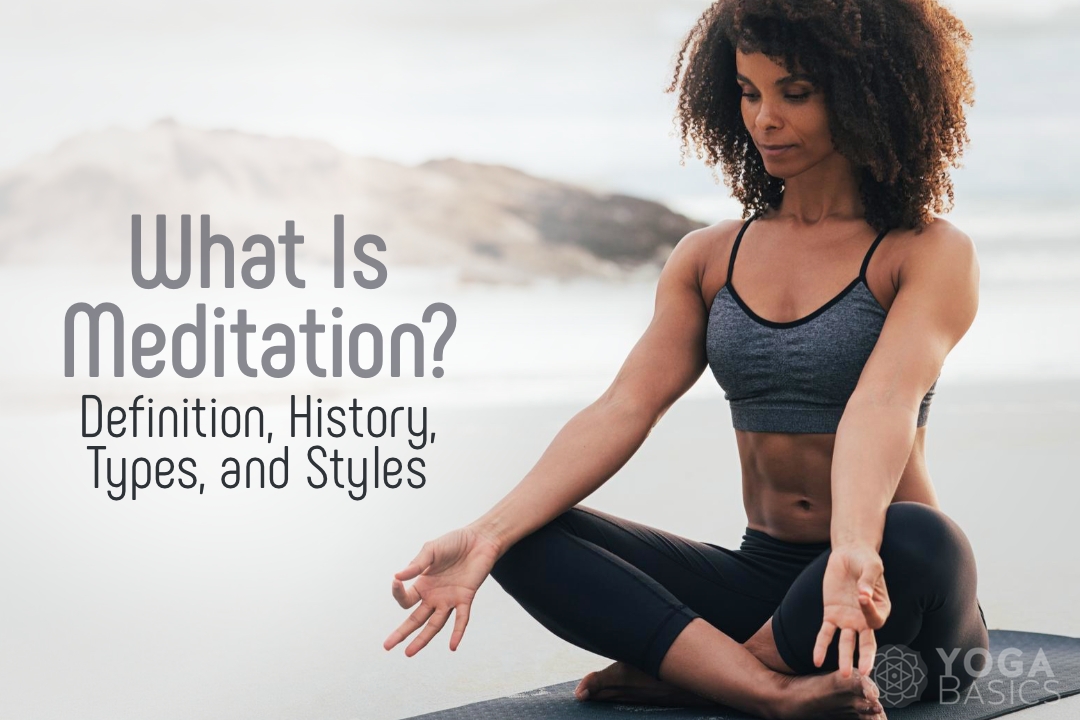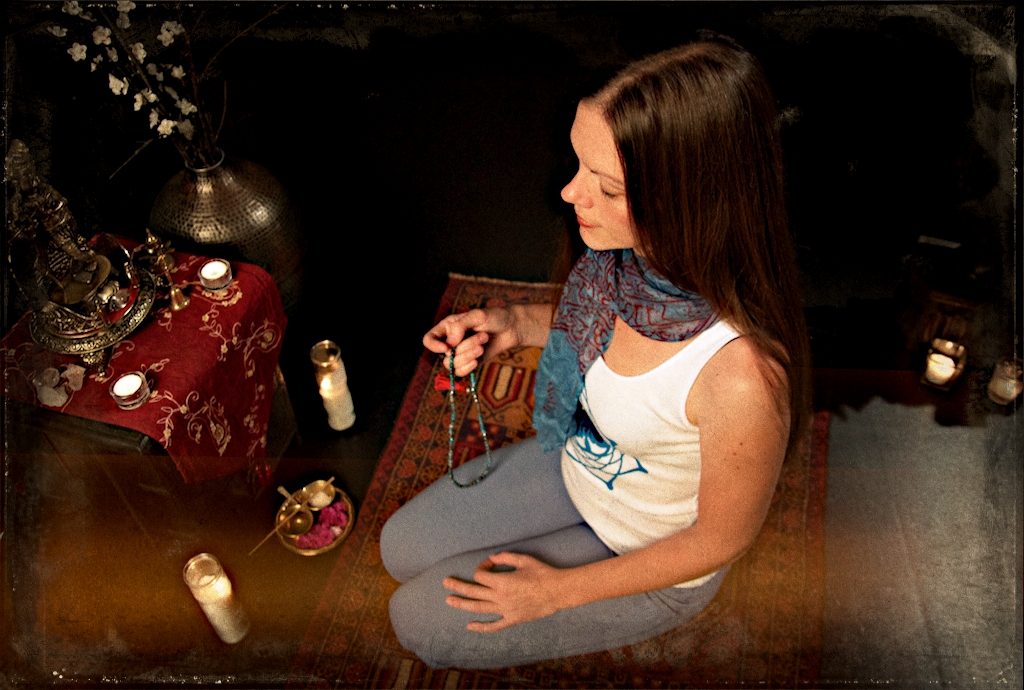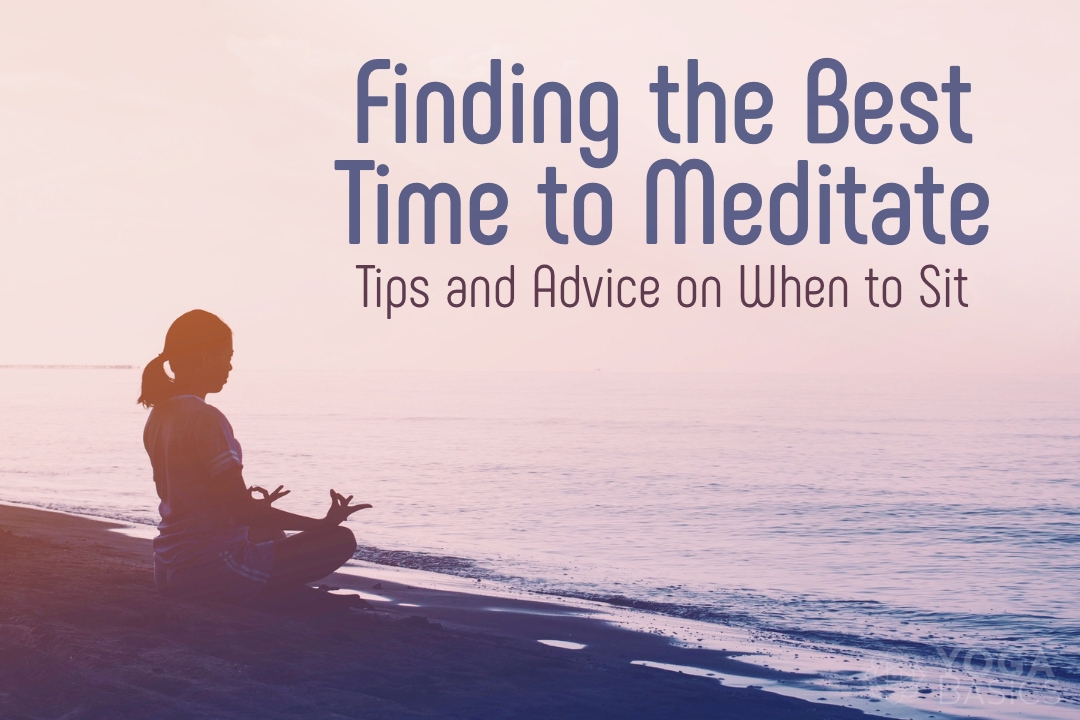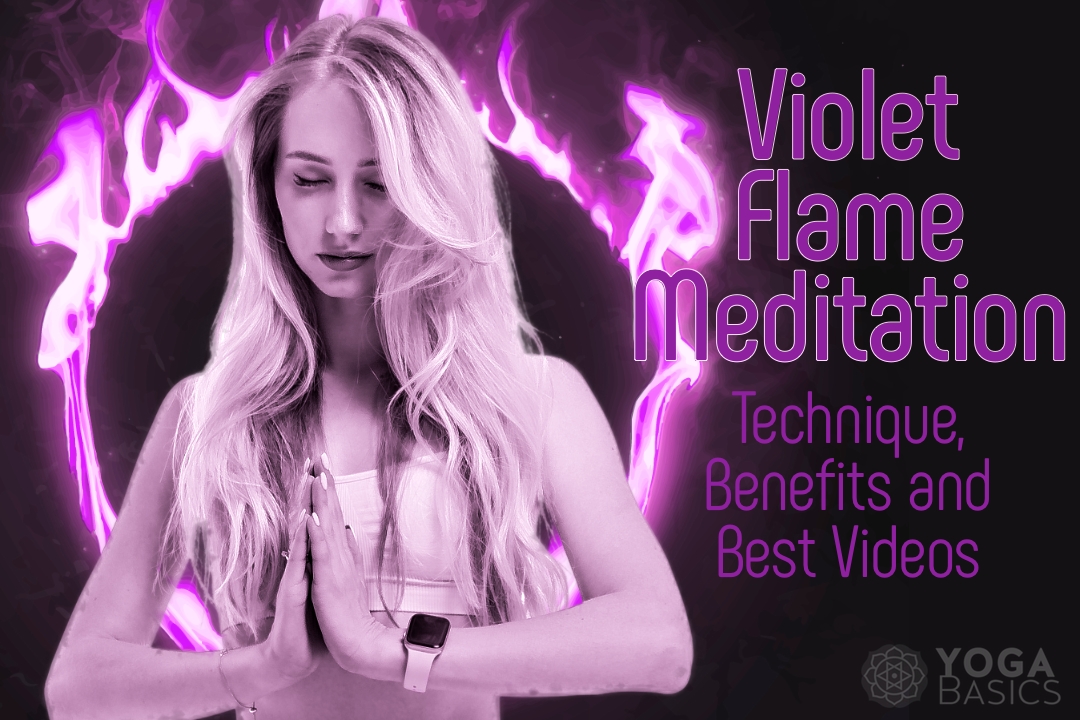Meditation is a powerful tool to explore yourself, for personal growth and spiritual development. It is a path to inner peace, clarity and connection with the present moment. If you are a newcomer to meditation or want to enhance your practice, you can benefit from learning about its history, purpose and other characteristics.
What is meditation?
The word “meditation”, which has its roots in Latin (meditatio) and Old French (meditacioun), means “to think, contemplate or devise”. The ancient Indian yogic tradition of Dhyana dates back around 1500 BCE. Meditation is a mental practice that involves focusing your mind on an object, thought or activity in order to achieve mental clarity, emotional calmness and increased awareness. Since thousands of years, different cultures and religions practiced meditation. Over time, new techniques and traditions have emerged.
Under the umbrella term “meditation”, many different practices exist, all of which offer unique approaches to altered states and mental training. The term “meditation” is often used in modern culture to describe practices that aim to improve attention, calmness or compassion, without defining boundaries.
Meditation is a practice where you sit in a comfortable posture and close your eyes. You then focus on one object, such as your breath, your mantra or an object that you can see, while letting distracting thoughts go. This practice will help you quiet your mind and go beyond the ordinary thoughts to achieve a deep sense of inner peace. This meditative condition prepares you to reach Samadhi – a state where you are one with your meditation object.
Meditation: Purpose
Meditation is a way to connect with your deep inner self. This deep inner self is described as pure non-changing consciousness which watches the activities of inner faculties, including the mind, intellect and ego.




